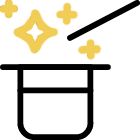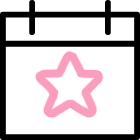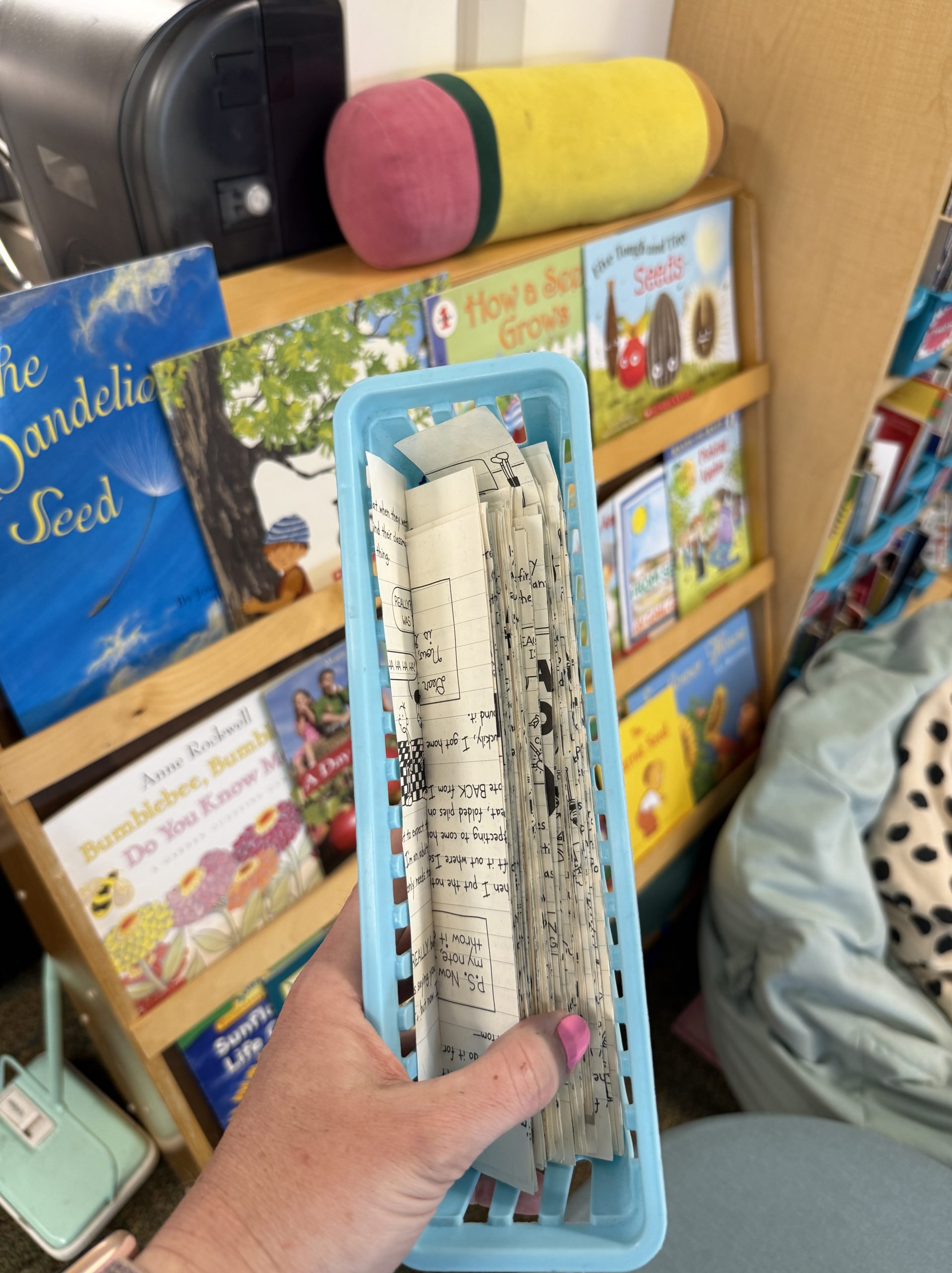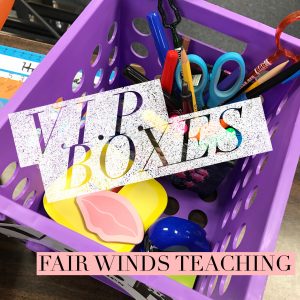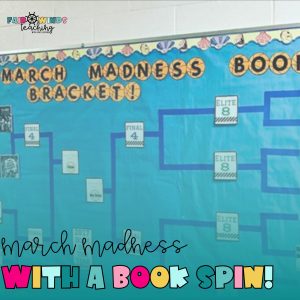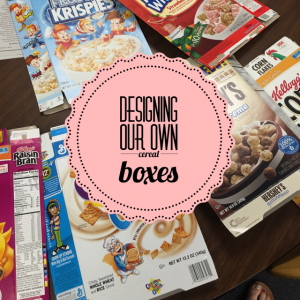Why Classroom Management Matters in the Elementary Classroom
…And the Simple Tools That Make a Big Impact
When we walk into a thriving elementary classroom, we see smiles, movement, and learning. But behind that calm energy is something that often goes unnoticed: solid classroom management. It’s what turns chaos into community and helps every child feel safe, seen, and ready to learn.
What Is Classroom Management?
Classroom management is about more than rules—it’s about relationships, routines, and strategies that create a supportive environment where students can thrive. The goal? Maximize learning time, minimize distractions, and make space for joy, creativity, and growth.
Why It Matters in the Elementary Years
Elementary students are just beginning to build their school habits. Classroom management provides structure and predictability, which helps reduce anxiety and supports self-regulation. It’s also where we model empathy, respect, and resilience. A well-managed classroom isn’t strict—it’s safe, structured, and full of tools that support every learner.
Practical Tools That Support Effective Management
Let’s look at how specific tools can support four key areas: Attention, Relationships, Engagement, and Organization.
🧠 Maintaining Student Attention
Keeping young minds focused is no small task. Attention-grabbing tools can help smooth transitions and keep routines on track.
-
Volume Control Signs – Visual cues help students self-monitor their noise level. I love these FREE ones from Miss5th!
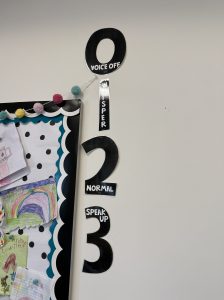
-
Classroom Doorbell – A sound cue that signals transitions or quiet time with this wireless classroom doorbell. Make sure to grab a hand sanitizer holder to wear on your teacher badge. I also add a piece of velcro to the back of it to add to the side of my smart board.
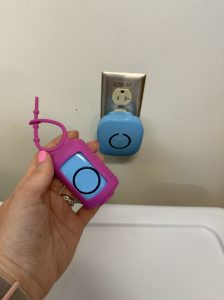
-
Classroom Callbacks – Fun phrases like “Spring has sprung. Let’s have some fun!” that bring the group back together. I have a yearlong bundle that are great for any occasion. I also have a blog post on all the fun ones I use throughout the school year here!
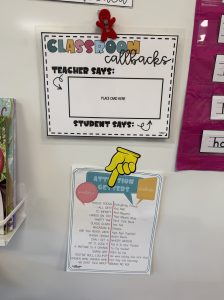
-
Mr. Potato Head – A playful, whole-class reward system: every good behavior earns a piece! Grab a Mr. Potato now to include in your classroom.

💛 Building Relationships
Connection is at the heart of classroom culture. Students thrive when they feel respected and cared for.
-
Welcome High Five Sign – A greeting routine that starts the day with choice and positivity.
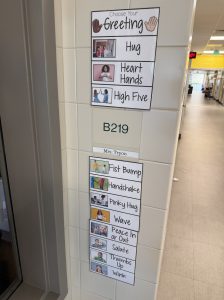
-
Classroom Rules – Co-created expectations foster ownership and clarity. I got mine from Josie at Maniacs in Middle!

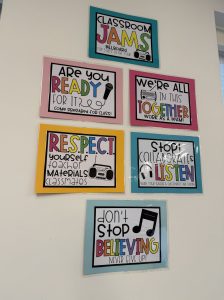
-
“Rate My Writing” & “Rate My Math” Boards – Showcasing student exemplars encourages pride and peer learning. I am working on making a resource for you all on this!
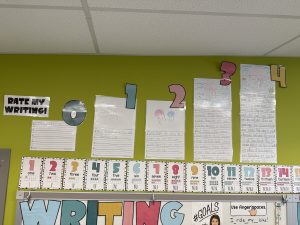
-
Calming Corner – A safe space for students to reset and self-regulate. I am obsessed with this sequins wall for calming. Check out some other calming corner favorites of mine.
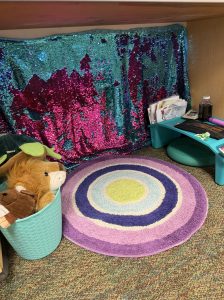
🎉 Boosting Engagement
Motivation matters—and when students are excited to participate, learning soars.
-
Prize Wheel – Spin-to-win rewards that keep students engaged and motivated. Check out all of my favorite classroom rewards here.
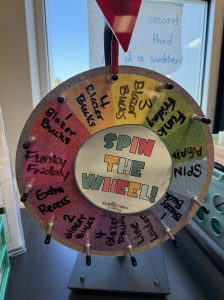
-
Floor Tiles – Colorful lava tiles for seating or movement-based learning. Learn more about these incredible tiles for learning.
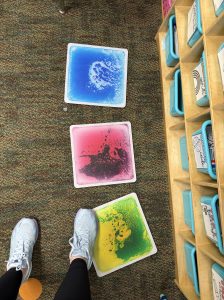
-
Incentive Cards – Track and reward positive behaviors and goals.
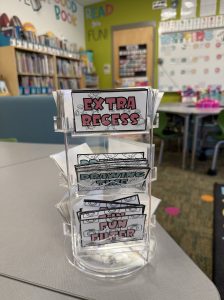
-
Tiny Department Store – A classroom economy where students spend earned points on fun items. I love this little Target shopping cart too! Grab my classroom store here, you can make it Target or any store you want!
✏️ Supporting Student Organization
A smooth classroom starts with students knowing where things go and what comes next.
-
“Supplies Needed” Station – Clear signs so students know what to grab. I love using these with my students!

-
Mustard/Ketchup Folders – “Must do” and “Catch up” work folders keep students on track.
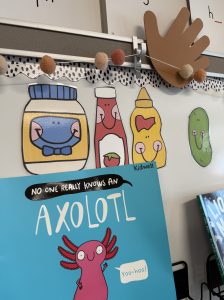
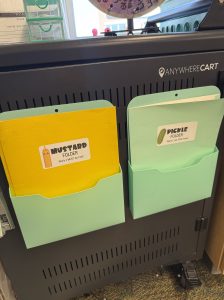
-
Lost & Found (for classroom items, math centers, hallway finds) – Keeps materials from disappearing. I love these bins!
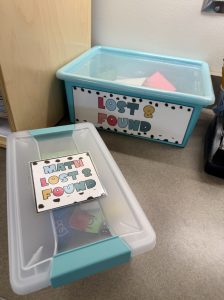
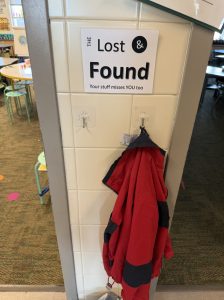
-
Sharpened Pencils Station – Quick swaps keep the flow going and you NEED this robot pencil sharpener!

-
Notebook Tabs – Help students find their work with ease and independence. I have them for each subject!
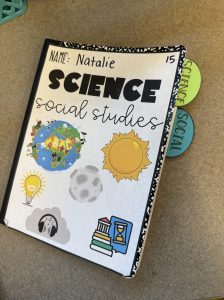
🧹 Staying Teacher-Organized
Behind every well-run classroom is an organized teacher—and a few genius systems.
-
Grading Bin – With fun extras like “speeding tickets,” sticker rings, and smelly markers for feedback. I also LOVE these sticker dispensers!
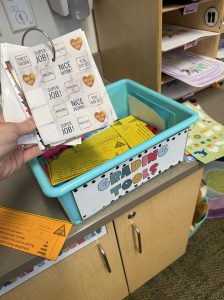
-
Write on your tables – Clearly mark where things are for a sub!
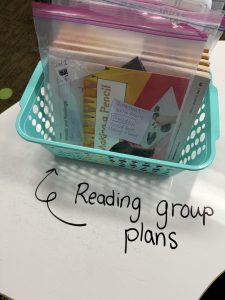
-
Table Caddies – Store shared supplies at each table for quick access.
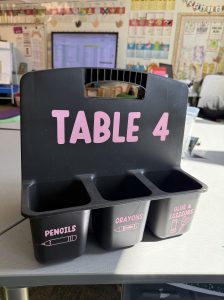
-
Tiny Trash Cans & Dust Pans – Keep workspaces clean with student helpers.
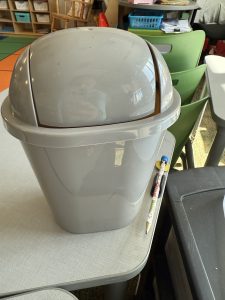

-
Labeled Book Bins (with pictures!) – Help even emerging readers navigate the classroom library.
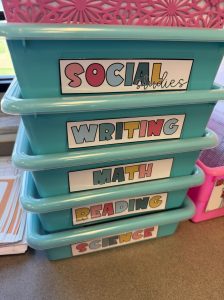

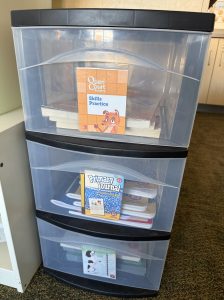
-
Parent/Community Member TO DO Bin – A clear place for volunteers to jump in and help.
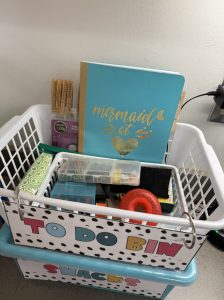
-
Old Books Turned into Bookmarks – A sweet way to recycle and motivate readers!
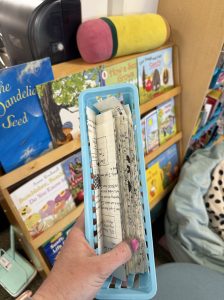
The Takeaway
Classroom management isn’t about control—it’s about creating the kind of environment where both students and teachers can flourish. From a welcome high-five to a tiny trash can, it’s often the little things that make the biggest difference.
By combining consistency with creativity and routines with relationships, teachers can build a classroom that doesn’t just run smoothly—it feels like a place where everyone belongs.
So whether you’re a new teacher setting up your space or a veteran refreshing your toolkit, remember: it’s not just about managing your classroom. It’s about making it magical.



